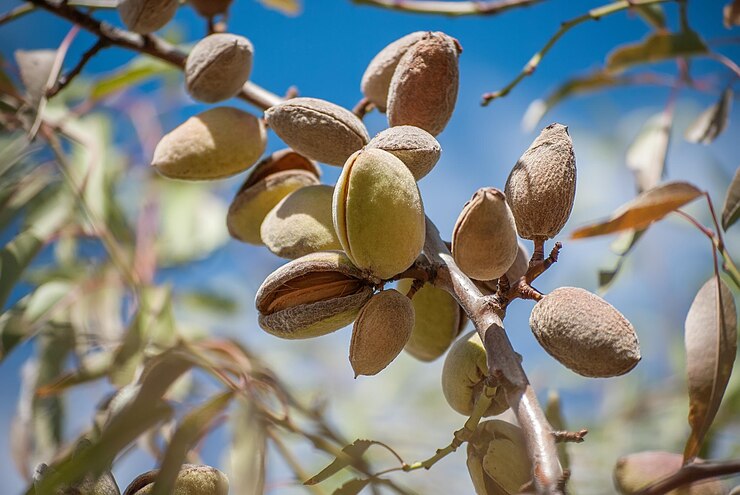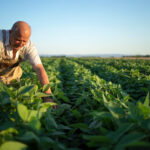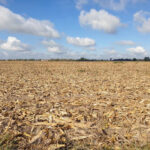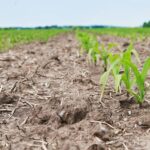Almond farming has become an increasingly attractive agricultural venture thanks to the growing global demand for almonds and almond-based products. However, successful almond cultivation heavily depends on the climate. Almond trees are sensitive to environmental conditions, and understanding their specific climate requirements is crucial before starting an almond orchard.
Almonds thrive in Mediterranean-type climates, characterized by warm, dry summers and mild, wet winters. This climate provides the right balance of temperature and rainfall needed for healthy growth, flowering, and nut development. Regions like California’s Central Valley, parts of Australia, southern Spain, and North Africa are prime almond-growing zones due to their ideal climate profiles.
Temperature plays a significant role in almond farming. Almond trees need a certain number of chill hours during winter—typically between 200 and 500 hours of temperatures between 0°C and 7°C—to break dormancy and ensure proper flowering. Without adequate chilling, the trees may experience poor bloom and reduced yields. At the same time, almond trees are highly sensitive to frost, especially during the flowering period. Late winter or early spring frosts can damage blossoms, leading to significant crop losses. Therefore, selecting a location with minimal risk of late frost is essential.
Summer temperatures also matter. Almond trees require plenty of sunshine and warm weather during the growing and ripening season. Optimal daytime temperatures range between 25°C and 35°C. High heat helps with kernel development, but extreme heat—especially above 40°C—can stress the trees and negatively impact nut quality. Adequate irrigation is necessary in such conditions to keep the trees healthy.
Rainfall is another critical factor. Almond trees do not tolerate excessive moisture or waterlogging, which can lead to root rot and fungal diseases. Ideally, almond-growing areas should receive annual rainfall between 400 mm and 600 mm, primarily during the cooler months. The dry season during flowering and harvest helps prevent disease and ensures better nut quality. In areas with irregular or low rainfall, drip or micro-sprinkler irrigation systems are essential to supplement water needs efficiently.
Wind conditions should also be considered. Strong winds during bloom can disrupt pollination and cause physical damage to the trees. Gentle breezes, however, can be beneficial by promoting air circulation and reducing humidity, which lowers the risk of fungal infections. It’s advisable to plant windbreaks or choose sheltered sites in wind-prone areas.
Humidity levels should be moderate to low, especially during the flowering and fruit-setting stages. High humidity can lead to fungal diseases such as blossom blight and hull rot. Good orchard design, including proper tree spacing and pruning practices, helps promote airflow and minimize disease pressure.
Another important factor in almond farming is pollination. Most almond varieties are not self-pollinating and rely on cross-pollination, usually carried out by bees. A warm, dry climate during bloom encourages active bee movement, which is essential for high fruit set. Cold or rainy weather during this period can reduce bee activity and lower yields, making a predictable bloom-time climate a top priority.
In summary, almond farming requires a delicate balance of climate factors: cool winters for chilling, frost-free early springs for bloom protection, hot and dry summers for fruit maturation, and well-distributed annual rainfall or supplemental irrigation. If you’re considering starting an almond farm, it’s vital to assess your region’s climate carefully or consult with local agricultural experts to determine suitability. Choosing the right variety, implementing good orchard management practices, and aligning with the specific climate requirements can help ensure a productive and profitable almond harvest.







